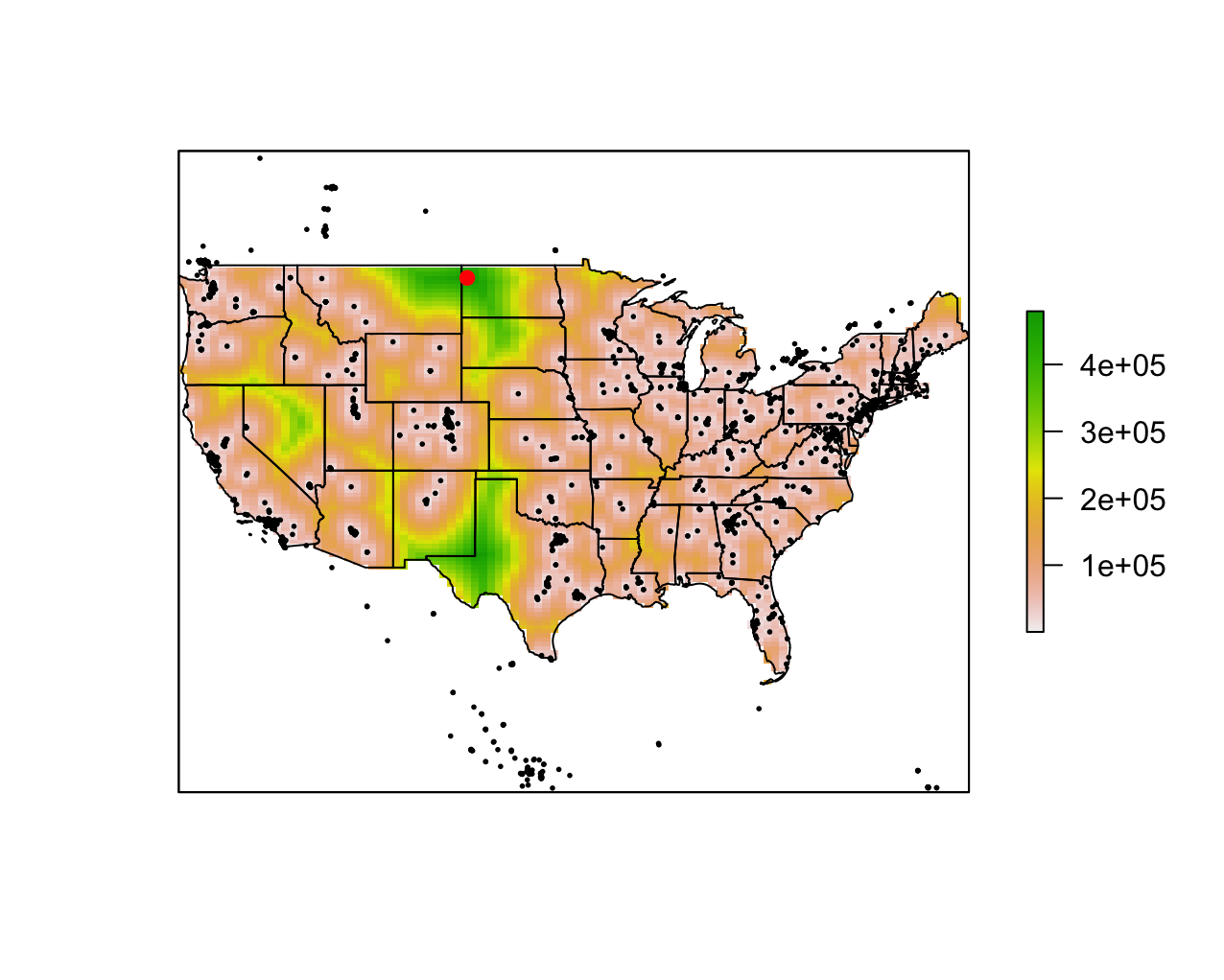Etc
top


Raster map representing distance from nearest WCA competition (USA)
Interactive normal distribution PDF plot
McGill Diversity in Math logo (roughly) remade in Mathematica
Henon map in MatLab (single initial condition)